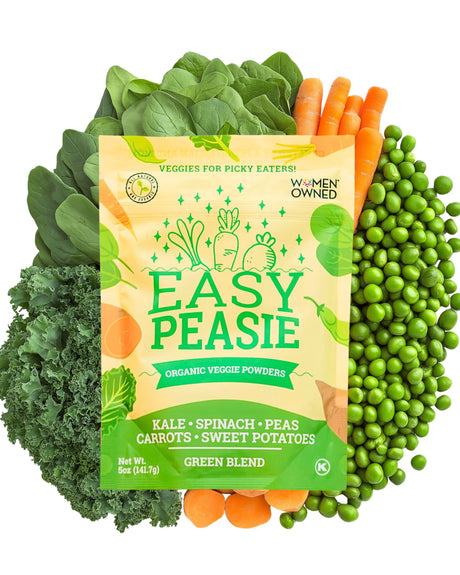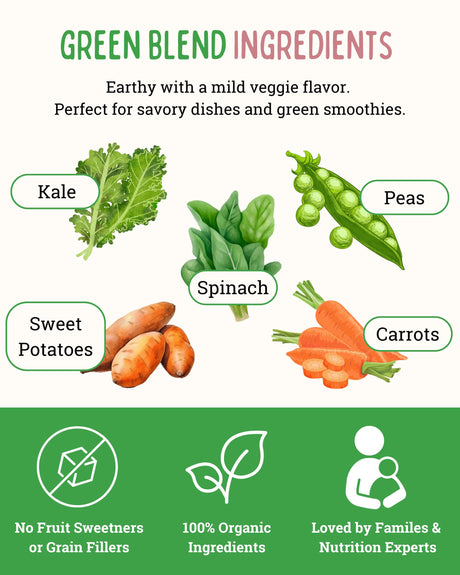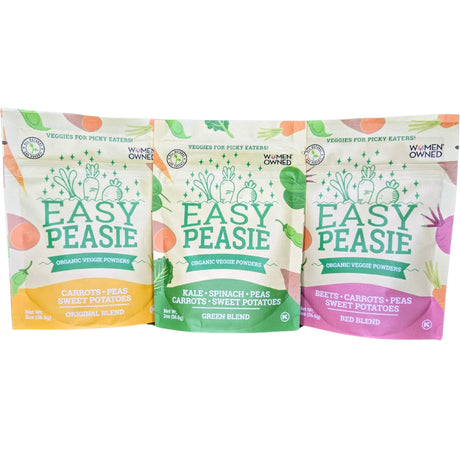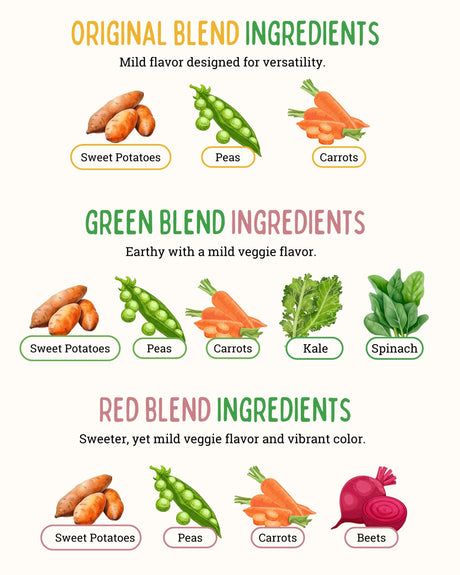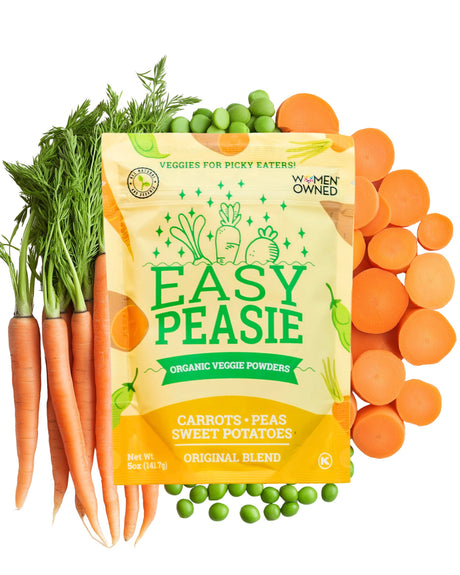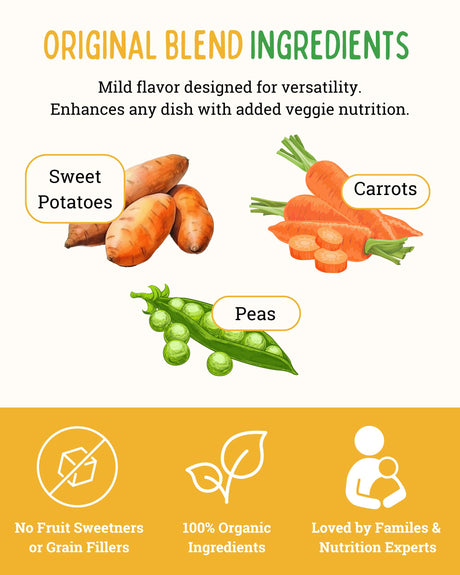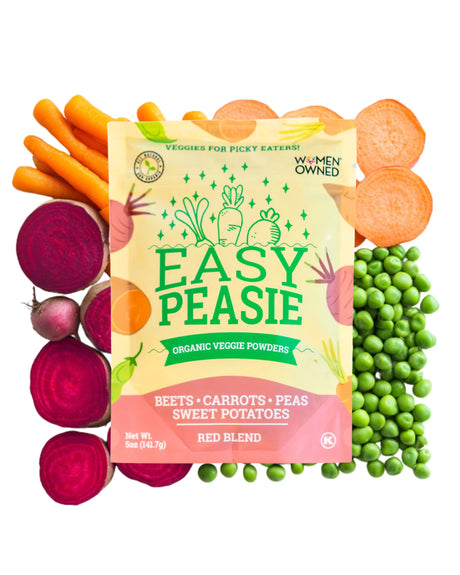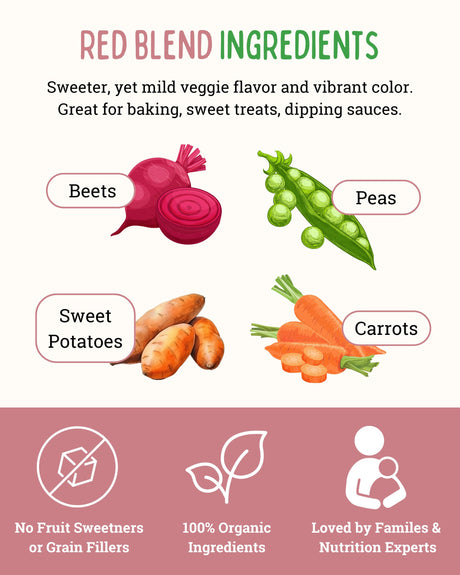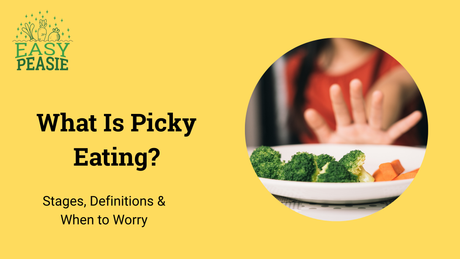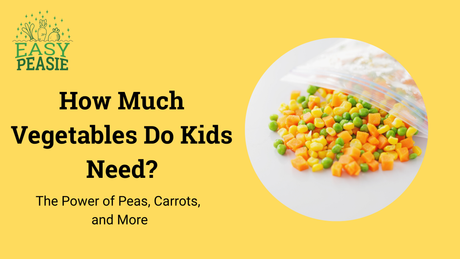Gardening isn't just about planting seeds and watching them grow—it's about planting seeds of healthy habits in our children too. Introducing kids to the magic of gardening can transform their approach to food, encouraging them to embrace fruits and vegetables they’ve nurtured themselves.
This hands-on activity not only provides valuable lessons in responsibility and patience but also fosters a connection to the food on their plates, making each meal a discovery of flavors and fun.
The beauty of gardening goes beyond the harvest; it’s a wonderful way to engage children in physical activity while soaking up some vitamin D. As families dig, plant, and weed, kids learn about the life cycle of plants and the importance of taking care of the environment.
These activities offer fantastic opportunities for educational experiences that extend to the kitchen, where the real magic happens. Turning home-grown produce into delicious, nutritious meals can help children develop a lasting appreciation for healthy eating.
By integrating gardening into your family routine, you’re not just cultivating plants; you’re nurturing healthier eating habits and a love for fresh food that can last a lifetime. Whether you have a small container garden on a balcony or a sprawling backyard plot, every little bit helps in growing a child's interest in healthy living.
So, let’s grab our gardening gloves and get ready to explore how this simple, joyful activity can make a big impact on our children’s health and happiness.
Growing Healthy Bodies and Minds: The Many Perks of Gardening with Kids
Physical Activity Through Play
Gardening is a wonderful way to get kids moving outside. The simple acts of digging, planting, and watering are not only fun but also naturally incorporate bending, stretching, and walking. These activities help children develop their motor skills while they engage in a form of exercise that feels more like play and less like a chore. It's an enjoyable and productive way to stay active, promoting a healthy lifestyle from a young age.
Learning About Nutrition
When children participate in growing their own food, they gain a hands-on education about nutrition and the importance of fresh produce. Gardening offers a tangible learning experience about where food comes from, how it grows, and why those colorful fruits and vegetables are so good for their bodies.
This knowledge is essential as it lays the groundwork for making healthy food choices, understanding the effort behind food production, and appreciating the value of nourishment.
Enhancing the Palate
One of the most exciting benefits of gardening with children is watching their palates expand as they taste the fruits (and vegetables!) of their labor. Kids who grow their own carrots, tomatoes, or strawberries are more likely to try and enjoy these foods.
The pride they take in their harvest can make them more curious and open to experimenting with new flavors and dishes at the dinner table. Gardening not only cultivates plants, but it also cultivates a more adventurous eater.
By integrating these activities into regular family life, parents can foster not only a love of nature but also instill a foundation for healthy eating habits that last. Gardening teaches children about responsibility and the rewards of hard work, all while enriching their bodies and minds. Whether it’s a tiny windowsill herb garden or a large backyard vegetable plot, the benefits of gardening with kids are ripe for the picking.
Laying the Groundwork: How to Start a Garden with Your Kids
Choosing the Perfect Spot
Finding the right location is crucial for a successful garden. The ideal spot gets plenty of sunlight—at least six hours a day—and is clear of large trees or shrubs that might shade out your plants. When selecting a space, involve your kids.
Let them help choose where they’d like to see their garden grow, whether it’s a small corner of the yard or several pots on a sunny patio. This involvement gives them a sense of ownership right from the start.
Selecting Kid-Friendly Plants
When deciding what to plant, choose options that are simple to grow and quick to bear fruit. Sunflowers, cherry tomatoes, snap peas, and strawberries are fantastic for sparking children’s interest thanks to their fast growth and tasty rewards. These plants not only keep the gardening experience fun and exciting but also give children quick gratification for their efforts, increasing their eagerness to participate and try the foods they’ve grown.
Gathering the Right Tools
Safety is key when gardening with kids, so it's important to equip them with the right tools. Invest in lightweight, child-sized gardening gloves, shovels, rakes, and watering cans that fit little hands. These tools make gardening more accessible and enjoyable for young children, allowing them to dig, plant, and water with ease.
Making sure these tools are safe and comfortable to use encourages regular gardening habits and helps build lasting memories in the dirt and sunshine.
With the right spot picked out, the best plants chosen, and safe tools in hand, you and your children are well on your way to planting a garden that will yield tasty vegetables and beautiful flowers, along with invaluable learning experiences.
Growing Together: How to Keep Kids Involved in Gardening
Planning the Garden
Start by sitting down with your kids and planning out what you'll grow together. Let them have a say in choosing the plants, which could range from vegetables they love to eat, to colorful flowers they find interesting.
This initial planning can happen during a family meeting or as a fun weekend activity, using gardening books or websites to inspire and educate. It’s a great opportunity to discuss the growth cycle of plants and what to expect from each choice.
Planting and Garden Care
Once your plants are chosen, it’s time to get your hands dirty. Guide your children through the process of planting seeds or seedlings, explaining why each step is important. For younger children, tasks like watering or pulling up weeds are ideal, while older kids can take on more complex duties like pruning or checking for pests.
Break the tasks into small, manageable steps and celebrate as each one is completed. This not only teaches responsibility but also shows them the ongoing investment needed to keep a garden thriving.
Harvesting Your Bounty
Harvest time is particularly exciting for children as they see the results of their efforts. Make this phase a big event; perhaps plan a special meal or a garden party where dishes are prepared using the produce they’ve grown. Teach them how to recognize when fruits and vegetables are ripe for picking. Let them help in harvesting, washing, and even cooking the produce.
This full-cycle involvement not only reinforces the value of their hard work but can also be a pivotal moment in improving their attitudes towards eating fresh, healthy foods.
By involving kids in every phase of the gardening process, from planning to harvesting, you turn gardening into a series of enjoyable and educational activities that can enhance their knowledge, responsibility, and enjoyment of eating the foods they’ve grown themselves.
Discovering Nature: Educational Activities in the Garden
Learning about Ecosystems
Gardens are bustling with life, and they provide a perfect setting to teach children about ecosystems. As your little ones dig in the dirt, introduce them to the different insects and worms they uncover, explaining each creature’s role in helping plants grow.
You can also talk about how birds and bees contribute to the garden’s health by pollinating plants and controlling pests. It's a fun way to give kids a greater appreciation for biodiversity and the delicate balance needed to maintain healthy plant life.
Weather Watching
Your family garden offers more than just food—it's a natural laboratory for observing weather effects. Teach your children how to recognize the impact of weather on plant growth by comparing sunny days to cloudy ones and rainy periods to dry spells.
You can even set up a small rain gauge together to measure precipitation or chart temperatures throughout the growing season. This hands-on approach helps children understand the crucial role of weather in gardening and can spark a broader interest in science and nature.
Cooking with the Harvest
There’s nothing more rewarding than enjoying the produce you’ve grown, and it’s an excellent opportunity for further learning. Invite your kids into the kitchen to use the fruits, vegetables, and herbs from your garden in simple recipes.
Whether it’s making a salad, blending a fresh smoothie, or seasoning a dish with garden herbs, these activities reinforce the farm-to-table concept and can encourage healthier eating habits. Let them experiment with flavors and dishes, turning meal preparation into a fun and educational experience.
By integrating these educational activities into your gardening routine, you not only foster a love of nature and science but also strengthen your children’s connection to the food they eat and the world around them.
Overcoming Garden Challenges
Dealing with Pests and Problems
Every garden encounters pests or diseases at some point, but dealing with them doesn't have to involve harsh chemicals.
Introduce your kids to natural pest control methods, such as attracting beneficial insects with certain plants or using homemade remedies like soap sprays. It's a safe way to show children that effective solutions can be environmentally friendly and that every problem has a creative solution.
Keeping Interest Alive
Maintaining enthusiasm in gardening can be challenging as the novelty wears off. To keep your children's interest alive, set small, achievable goals and celebrate when they reach them.
Rotate garden-related activities, like painting stones for garden markers or creating a photo diary of plant growth. These varied tasks will keep the garden fresh and exciting for them, ensuring their engagement from planting to harvest.
Weather Issues
Unexpected weather changes can threaten to dampen spirits and harm your garden. Use this as a teaching moment to explain how different weather conditions affect plant life.
If bad weather is expected, involve your kids in preparing by covering plants or securing loose items. After the weather passes, assess the garden together to learn about resilience and recovery. This approach helps children understand that gardening, like life, can have its ups and downs, but with a little care and adaptation, growth continues.
These strategies not only solve common gardening challenges but also teach valuable life lessons, making gardening a profound educational experience for children.
Inspiring Success Stories from the Garden
Family Gardens Transform Eating Habits
Meet the Thompsons, a family of four from Oregon, who turned a small backyard plot into a vibrant vegetable garden. After involving their two children in the entire process—from seed selection to harvest—they noticed a significant increase in their children's willingness to eat greens. The children, previously reluctant to touch spinach, eagerly ate salads made from their own lettuce, celebrating each meal as a victory.
Urban Gardening Success
In a bustling city apartment, the Rivera family discovered the joys of container gardening.
With limited space, they grew tomatoes, peppers, and herbs on their balcony. This small-scale gardening project led their eight-year-old, previously skeptical about tomatoes, to develop a love for fresh bruschetta made with balcony-grown tomatoes. The hands-on experience of caring for the plants made the difference in accepting new, healthy foods.
School Gardening Program Reaps Rewards
A local elementary school implemented a gardening program, integrating it into the science curriculum. Students took part in planting and maintaining a garden on school grounds, which yielded fresh produce for the school cafeteria. Teachers reported that students were more likely to try vegetables they had grown themselves, linking the program to a noticeable improvement in students' lunch choices and enthusiasm about nutrition.
These stories highlight how gardening can directly influence children's dietary preferences and open them up to a wider range of vegetables. They illustrate not just a change in diet, but a transformative approach to learning and appreciating food.
Growing Together: The Joyful Conclusion
Reaping the Rewards
Gardening with kids does more than just fill your garden; it nourishes your child's body and mind. This beautiful journey of planting seeds, nurturing them, and watching them grow mirrors the development we see in our children as they learn to love not just the food they've grown but the process of growing up itself. The skills they cultivate go beyond gardening—they learn responsibility, patience, and the joy of caring for life.
Planting the First Seed
You don't need a sprawling backyard to get started—begin with a few pots, some soil, and seeds of easy-to-grow plants like tomatoes, cucumbers, or strawberries. Involve your kids in every step, from picking out seeds to watering and eventually harvesting.
Celebrate each little sprout and each new vegetable taste. It's about making healthy eating fun and educational in a way that textbooks and lectures can't match.
Embrace the mess, the learning, and the delicious outcomes. Every small step in the garden is a giant leap towards lifelong healthy eating habits for your children. So, grab a trowel and some seeds, and start growing together!
Join the Growing Community
Share and Flourish
We'd love to hear how your garden grows! Share your stories, photos, or plans in the comments below. Whether you're a seasoned green thumb or just planting your first seed, your journey can inspire and encourage others.
Connect and Grow Together
Consider joining a community gardening group or participating in local gardening events for families. It's a fantastic way to learn, share tips, and connect with other gardening enthusiasts. Let's cultivate a community where we can grow together, not just plants, but stronger, healthier families.
Leave your comments below; we love to hear from you! And don't forget to follow Easy Peasie for more veggie info and convo on YouTube, Facebook, and Instagram! ~ThePeas


